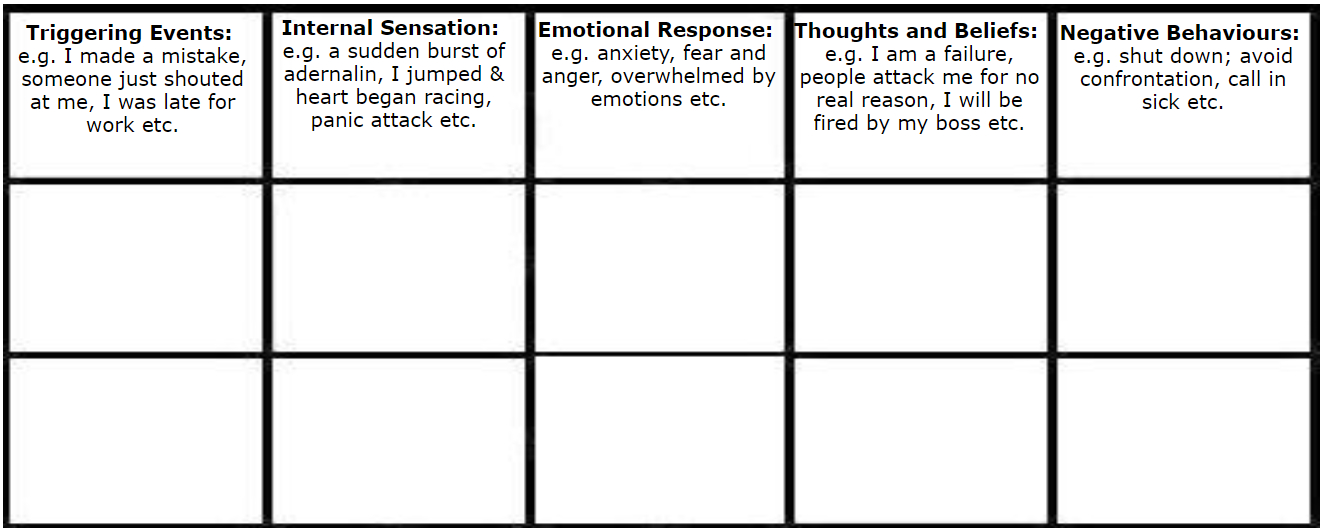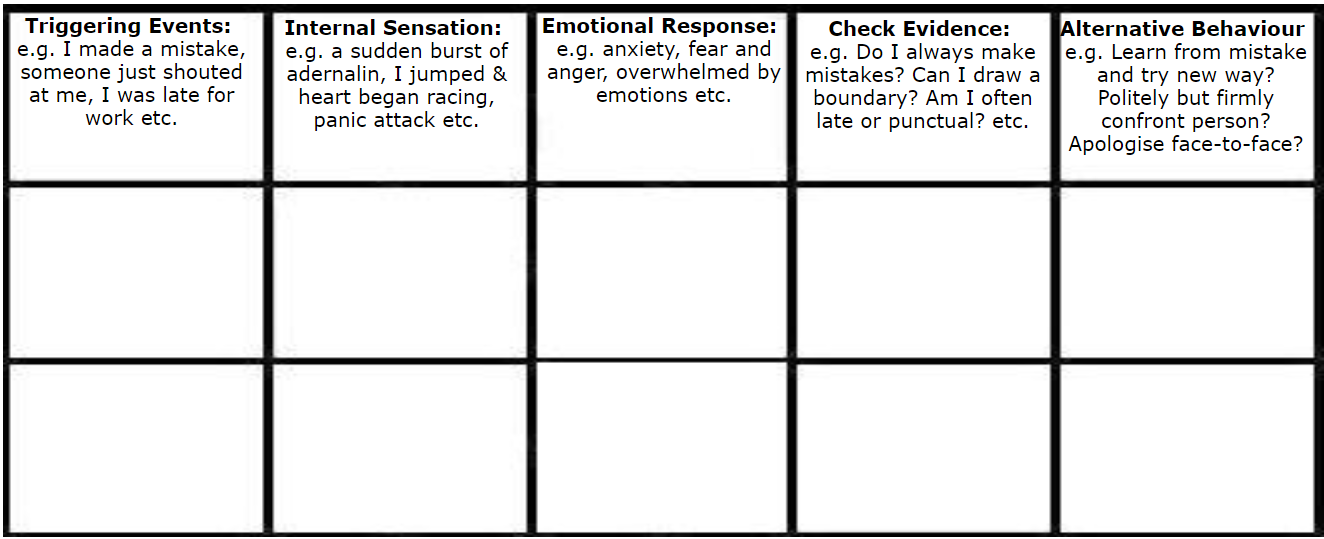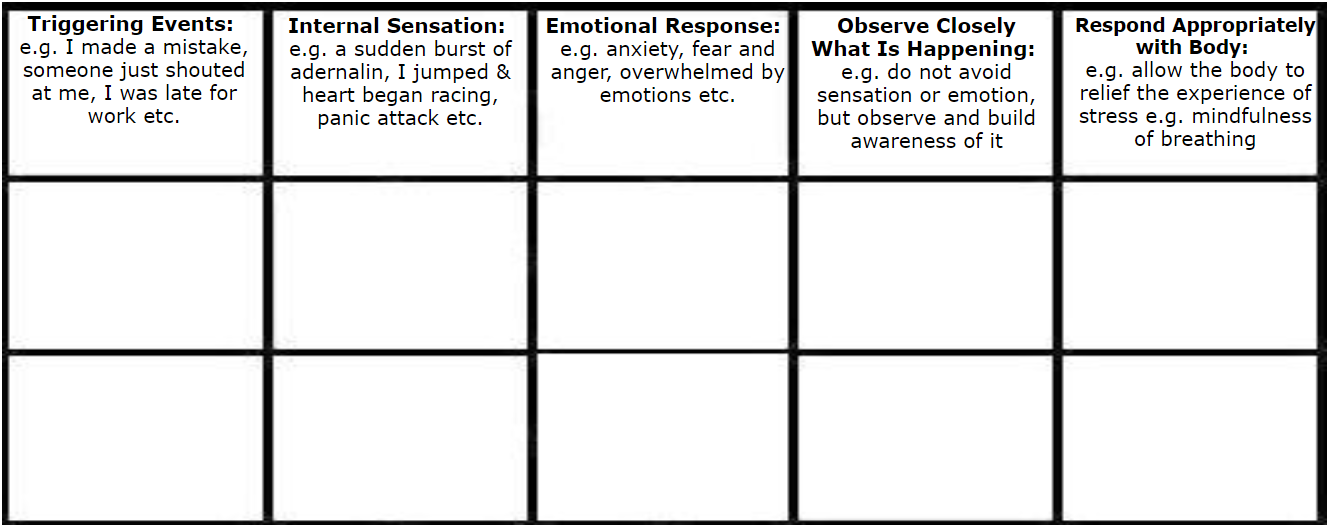Learning Journal: Self-Development
Keeping a Learning Journal
At Counselling Whitton, EnduringMind I encourage clients to keep a learning journal. I will not try to reassure you that keeping a learning journal about depressive mental states, anxiety and phobias is a complete solution to all your problems. But you have probably spent years conditioning yourself to respond in specific ways, when you experience certain negative emotions - such as depression, anxiety, anger or phobias. So developing and embedding a new constructive routine will begin to offset this.
These habits are difficult to change, but they can be overcome, by regulating or reconditioning the mind/body to respond in new ways of coping. You may learn to develop better ways of coping by becoming more mindful - with a combination of breathing, relaxation techniques, progressive muscle relaxation and anchoring while you teach yourself a few simple things about the way you respond emotionally/physically.
For example, you may not be able to control the triggers in your external environment, or the immediate emotional responses which lead to neurones being triggered and releasing stress hormones that prime your body for a ‘flight or fight’ response. However, you can re-condition your sympathetic nervous system to trigger a ‘relaxation response’, by controlling your breathing, which changes your heart rate and releasing different hormones which send signals to the brain so the body can relax and come to rest.
For this reason, at EnduringMind, counselling Whitton & Twickenham I have developed the learning journals below which you could cut and paste for writing down your observations on. Keep the journals to jot down notes about your responses to anger, anxiety or depression (even panic attacks and trauma). The tables follow an ABC model - A, activating event; B, irrational belief; C, negative consequences. This uses a cause and effect model, where you follow the train of internal psychological events after being activated by external stimuli (such as an outside threat) but you do not have to follow the order laid out below. All of the tables have examples in the top rows to help you get started. However, the tables are not set in stone and have been devised so you can create your own versions, appropriate to your specific needs.
You can use them in conjunction with the Mindfulness Activities on other pages of this website.
Here are a few ideas to use and get started...
Observing Patterns/Cycles of Negative Psychological Processes:

Creating Alternative Ways of Reacting to Triggers:

Keeping a Mindfulness Journal:
